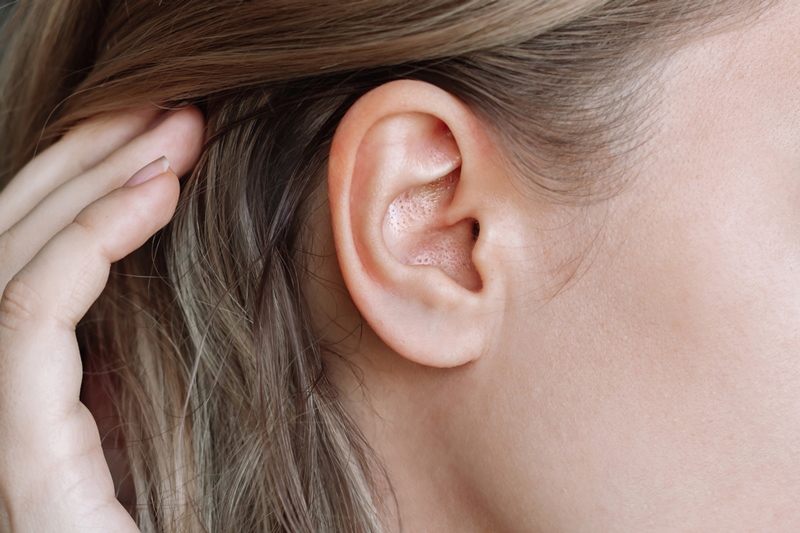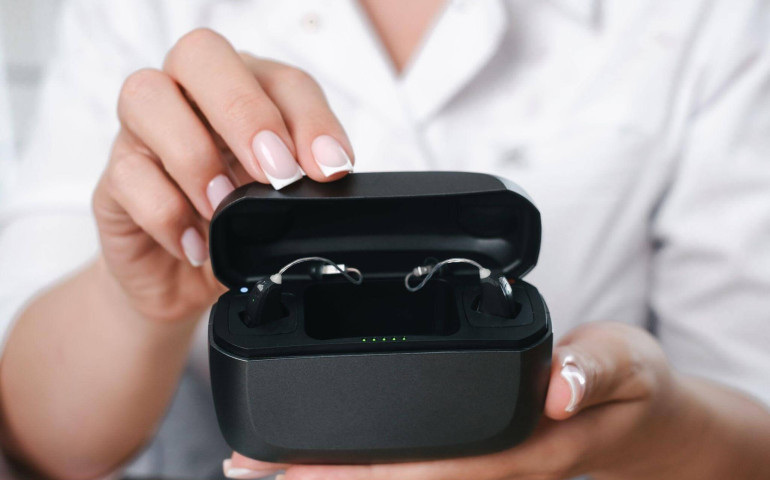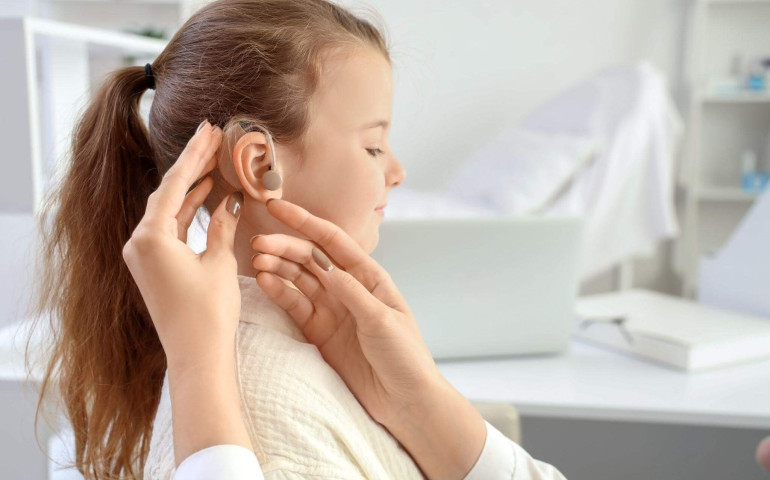Ear health is essential, and there are right and wrong ways to clean ears. Don’t face the negative potential consequences of cleaning them in ways ear, nose, and throat (ENT) specialists advise against. We’ll discuss what you can do at home to remove ear wax, ways not to handle the task, the risks of choosing the wrong path, and when you should see an ENT doctor for help.
The Anatomy of the Ears
The ears consist of soft tissue divided into three separate parts: the outer, middle, and inner, and each plays a role in hearing. The canal entry is at the outer ear, and it has a self-cleaning mechanism that moves earwax to the outside area, where it will flake off. Interfering with this natural process can result in trauma and ear infections.
Safe Methods of Ear Cleaning
As one of the most delicate body parts, proper cleaning methods are essential. Cotton swabs are one of the worst ways to remove wax, because they push wax further into ears. So, how do you properly handle this hygiene task?
Use a warm water-damp cloth to remove excess wax on the outer ear and entryway of the canal. You can also use ear drops available at retailers that will soften and help remove built-up earwax. These products may contain:
- Mineral Oil
- Baby Oil
- Saline
- Hydrogen Peroxide
- Peroxide
- Glycerine
To use these solutions, tilt the head, put a few drops inside, and wait for a few seconds before draining the ear. A bulb syringe can be used with a mixture of warm water or a saline solution. ENTs recommend using an ear wax softener 30 minutes before using this method.
Ear Cleaning Mistakes to Avoid
Since the ears clean themselves, there’s no need to use swabs to remove wax, but it’s okay to remove debris and water from the outside of the ears. Never use small items like napkins; bobby pins are ink pins that can worsen wax impaction and result in increased buildup. Candling isn’t advised because wax can enter the ear and cause burns to the ear or face.
When to Seek Professional Help
Some ear-related ear symptoms can be problematic and seen by an ENT specialist. Some signs that it’s time to schedule an appointment ASAP include:
Dizziness, Vertigo, or Motion Sickness
- Excessive Ear Wax
- Ringing in the Ears
- Ear Pain
- Hearing Loss
- Headaches
- Facial Pain
- Nausea or Vomiting
- Fever
Don’t Ignore Ear Issues or Use Poor Cleaning Practices
It’s likely that being able to hear is important to you, so don’t take any chances by digging deep into the ear canal in attempt to remove wax or clean them out. Use the methods discussed here, and go and see an ear specialist at Beltone Hearing Care Center in Dallas/Fort Worth to learn more, or schedule a consultation today.






